The Best Carbon Offsets for Businesses' Net Zero Goals
What we did:
Carbon offsets fund projects that supposedly provide a verifiable reduction of greenhouse gas (GHG) emissions. Most offsets are avoidance offsets, which avoid future GHG emissions. Increasingly, carbon removals, which remove existing GHGs from the atmosphere, are gaining prominence both as a form of offsetting and as a climate technology in their own right.

Our carbon offset and removal recommendations are designed for businesses and other organizations aiming to meet net zero goals. We encourage individuals to maximize their impact, not just offset their own emissions, and we believe that donors will have more impact by supporting policy change. However, we acknowledge that net-zero commitments can drive private-sector funding to emissions-reducing projects. In line with net-zero goals, our assessments prioritize certainty in emissions reductions over total impact generated. We search for a causal and verifiable link between the purchase of a carbon credit and decreased atmospheric GHGs within a few years.
What we did in 2021 to arrive at these recommendations:
- We updated and expanded our overviews of different types of offsets, including:
- Major updates to our overviews on forestry and direct air capture
- Adding research on biochar/bio-oil (or biomass carbon removal) and purchasing emissions credits from cap-and-trade markets
- We re-assessed our 2020 recommendations by updating our research and developing new cost-effectiveness models of their work.
- We dove more deeply into the world of carbon removal offsets, analyzing the set of organizations that participated in the procurement processes of Microsoft, Shopify, and Stripe. We used data from research nonprofit CarbonPlan to narrow a list of over 200 projects to the 22 most promising. Of those, we found six providers who provided accessible purchase options and conducted a deeper assessment of each. We arrived at a recommendation of one company from this list, Charm Industrial.
For a full explanation of our method for selecting offsets and removals, please see our Overview of the Voluntary Carbon Markets.
We divide our recommendations by mechanism: avoidance of future GHG emissions, or removal of existing atmospheric GHGs. While removals tend to be much more expensive than avoidance-based projects, their permanent impact is much more certain. In addition, developing and scaling carbon removal technologies is critical to stay below 1.5ºC of warming. Supporting removal projects helps work toward not only a net-zero but a net-negative future. (Note that these offset & removal providers are for-profit businesses, and purchases are not tax-deductible.)
What we recommend:
Our recommendations in removal
We currently recommend two carbon removal providers:
- New for 2021 - Charm Industrial: Agriculture residues are usually left to decompose and release greenhouse gases. Charm Industrial converts agriculture residues into bio-oil, a dense carbon-rich liquid. This bio-oil is injected deep underground, where it remains for thousands of years. Purchasing removal from Charm enables Charm to put more carbon underground and to scale up their bio-oil technology. (Note: Under a strict definition, Charm is an avoidance project. Charm’s process avoids emissions from the decay of crops. However, we consider it akin to a removal because, while Charm is not responsible for growing the crops, the crops do remove carbon from the atmosphere.) Purchase carbon removal from Charm Industrial.
- Climeworks: Climeworks captures CO2 via their modular direct air capture technology and injects it underground, where it permanently turns into a solid material. Purchasing removal from Climeworks enables Climeworks to remove more carbon dioxide from the atmosphere and supports the development of their frontier technology.Purchase carbon removal from Climeworks.
Our recommendations in avoidance
We currently recommend two avoidance-based offset providers:
- BURN Manufacturing: BURN makes and distributes fuel-efficient stoves in Kenya. Their impact on fuel usage and GHG emissions was validated by a randomized controlled trial, which sets it apart from other cookstove providers. Additionally, BURN stove users spend less on fuel, leading to more money for the family. Purchase offsets from BURN. Note that offset purchases are not tax-deductible.
- Tradewater: Tradewater finds and destroys refrigerants and other gases with warming potentials up to 10,000 times that of carbon dioxide. Priced at $15 per ton of CO2 removed, Tradewater offers one of the most attractive combinations of price and certainty. Purchase offsets from Tradewater. Note that offset purchases are not tax-deductible.
Which offsets or removals should a business purchase?
If businesses have the flexibility, we recommend that they purchase removals. Removals are much more expensive on a per-ton basis than avoidance-based offsets. This is justified because they accelerate the development of novel climate technology and are far more impactful than they first appear. (See our Climeworks recommendation for a quantitative analysis of this argument.) Both Charm’s and Climeworks’ removal technologies are young enough, and the climate crisis large enough, that supporting the development of both is critical.
We do not have a preference between our top two removals providers. Both are on the frontiers of developing critical technologies—in fact, Charm Industrial and Climeworks are the only two providers as of this writing to have completed any commercial carbon removal orders. We should also note that both of our removal providers have limited capacity, and their ability to deliver removals may be delayed if there is too much demand.
However, we know that not all businesses are willing to pay large up-front prices to meet their net-zero commitments. When purchasing avoidance-based offsets, we encourage businesses to be skeptical—many have no real impact. We urge businesses to go beyond buying commoditized, low-price outputs, and critically assess whether their offsets are high quality.
Our recommendations, BURN and Tradewater, are two avoidance offset providers that create real impact with your money. In BURN’s case, the program actively helps the communities in which they work. We do not have a preference between these two providers; in order to achieve net-zero emissions globally, each and every source of emissions will have to be addressed somehow, including those from cookstoves and refrigerant gases. We look forward to evaluating and recommending more avoidance-based offsets in the future.
Giving to support Giving Green’s operations
As a nonprofit organization, Giving Green relies on donations from its readers. If you appreciate our research and would like to support our operations, you can donate to us here. Donations to Giving Green help us grow as an organization and support our research and communications.
Questions? Want to collaborate? Please reach out at givinggreen@idinsight.org.
Support Our Work
Giving Green Fund
One fund. Global impact. One hundred percent of your gift supports a portfolio of high-impact climate organizations, vetted by our research.
Best for:
Donors who want the simplest way to impact multiple climate solutions.
Top Climate Nonprofits
Meet the organizations on Giving Green’s list of high-impact nonprofits working to decarbonize our future, identified through our rigorous research.
Best for:
Donors who want to give directly and independently.
Support Our Work
We thoroughly research climate initiatives so you can give with confidence. For every $1 we receive, our work unlocks another $21 for effective climate solutions.
Best for:
Donors who want to amplify their impact through research.

















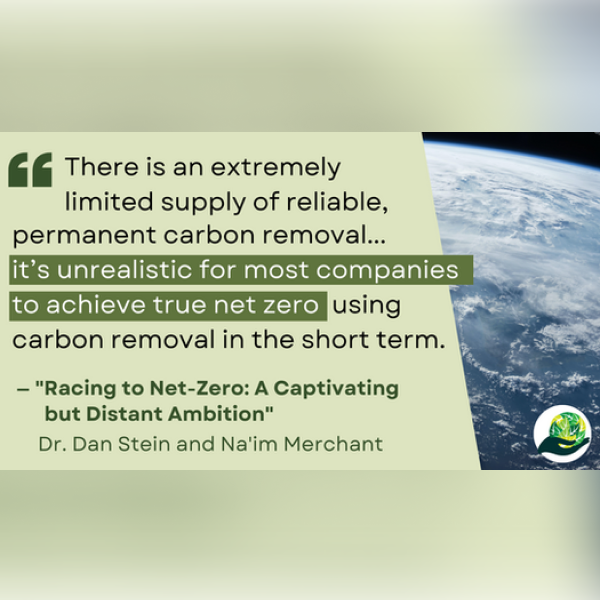


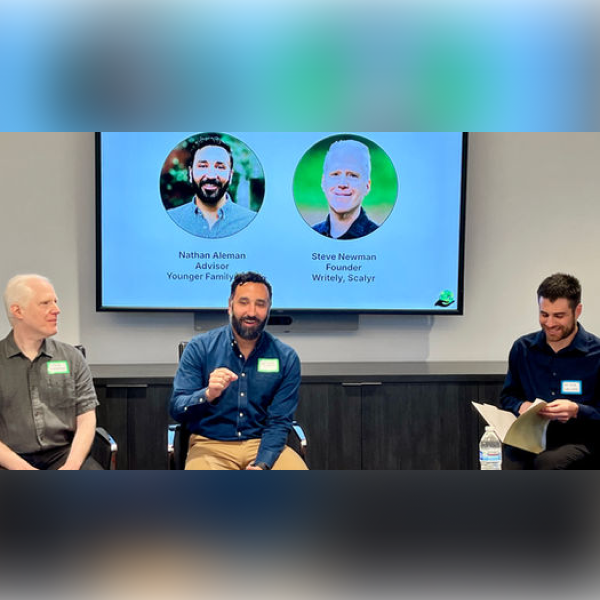


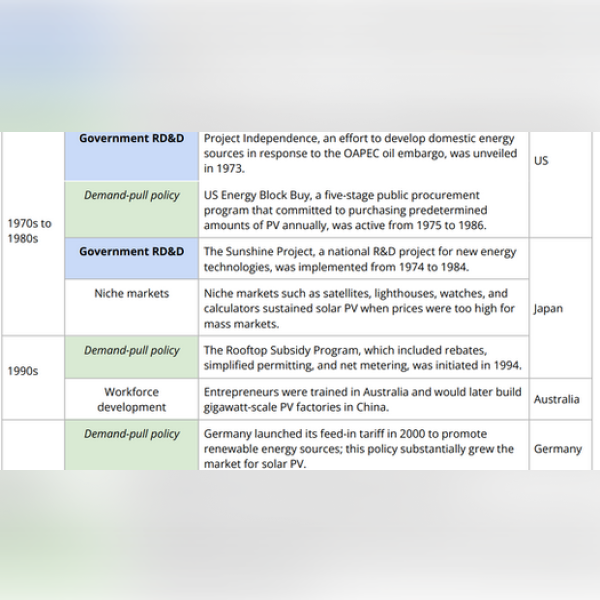
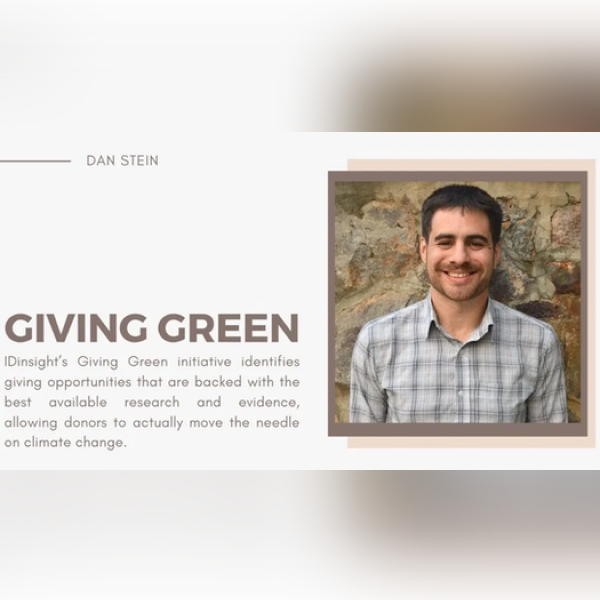
.png)


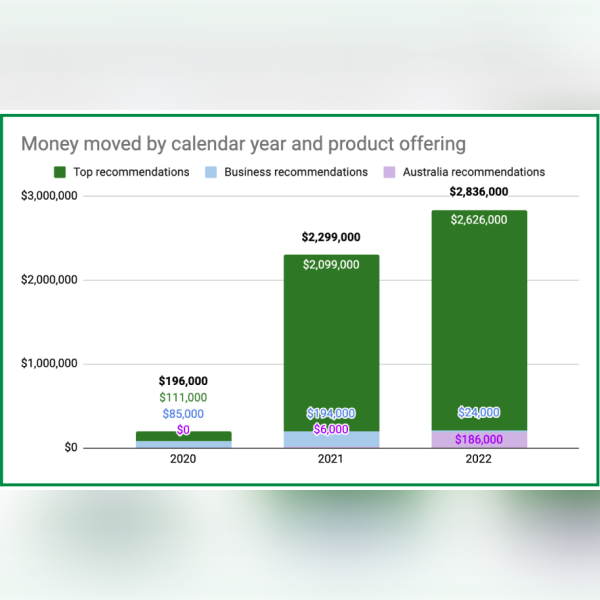

.png)
.png)

.png)

.png)

.png)



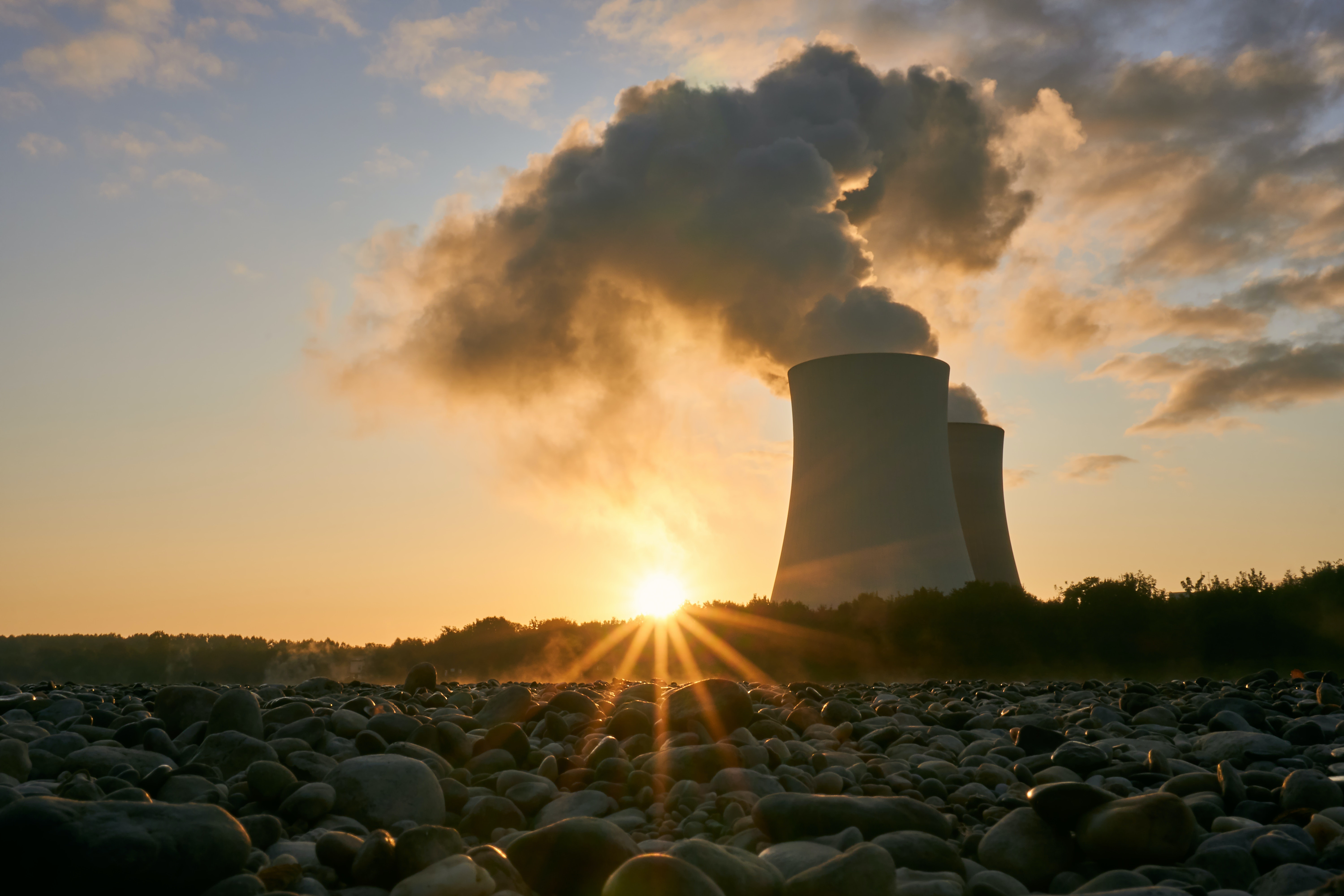


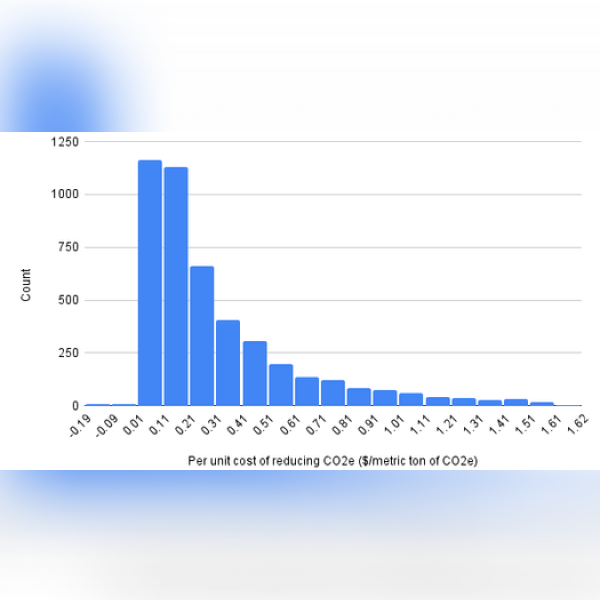






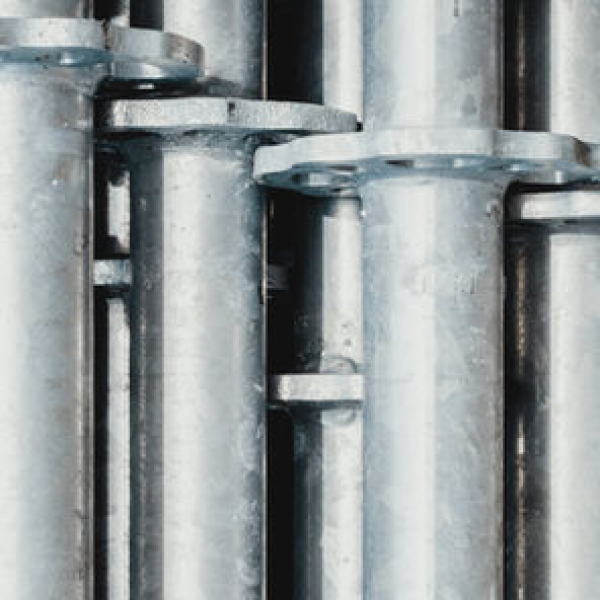
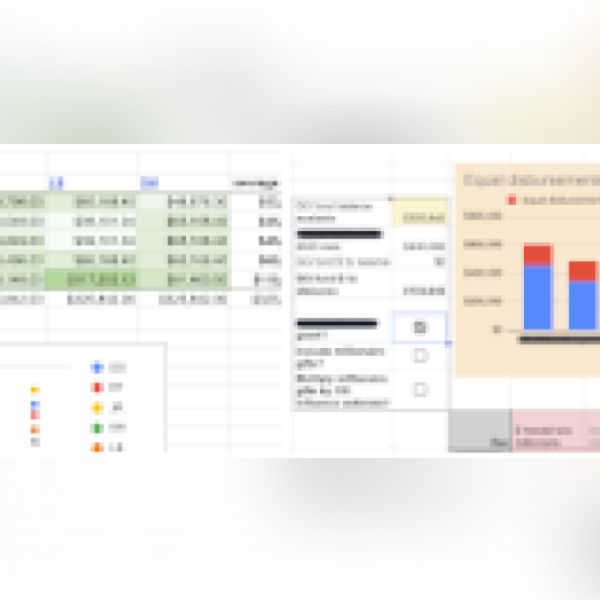




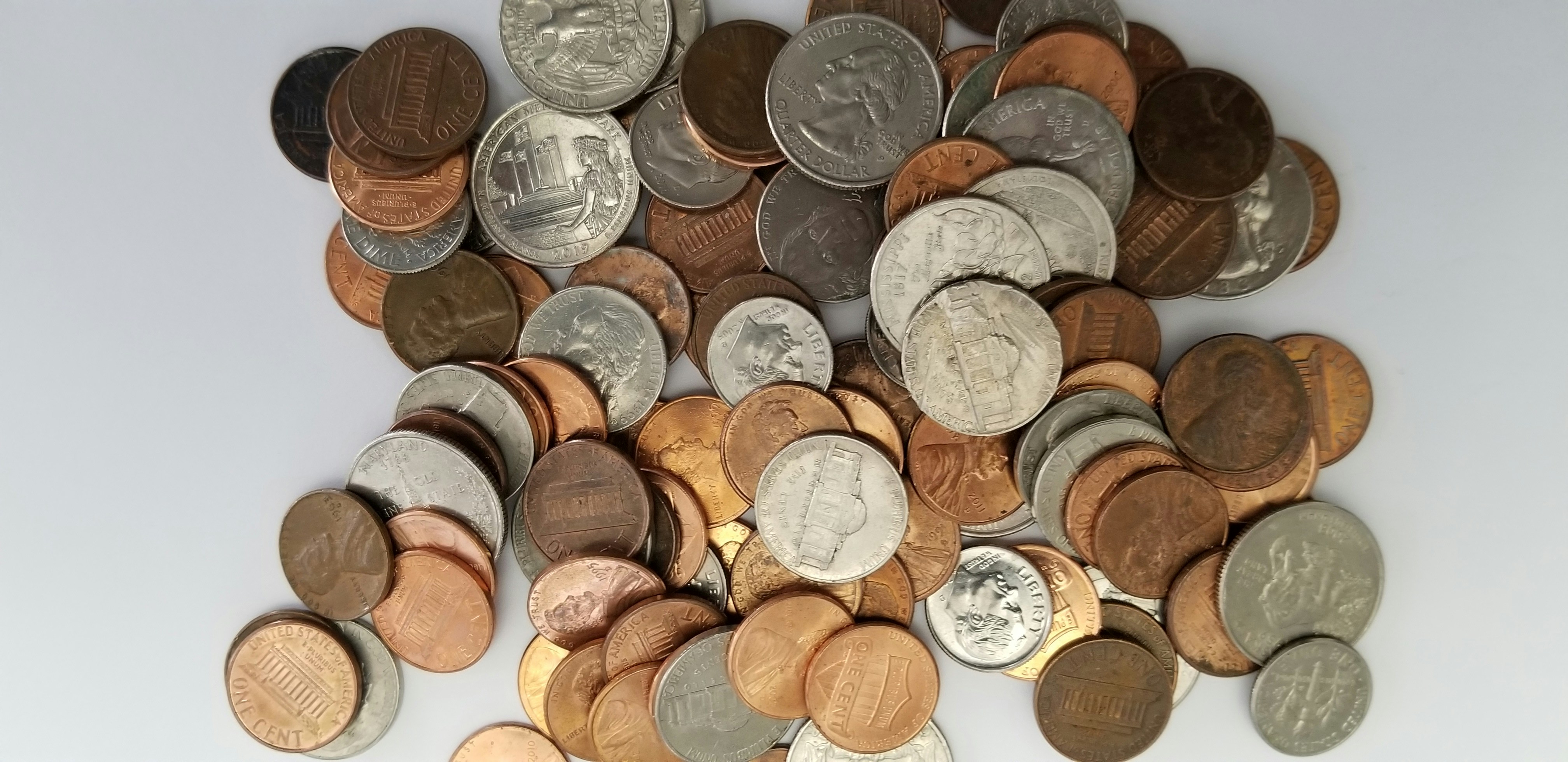




.png)





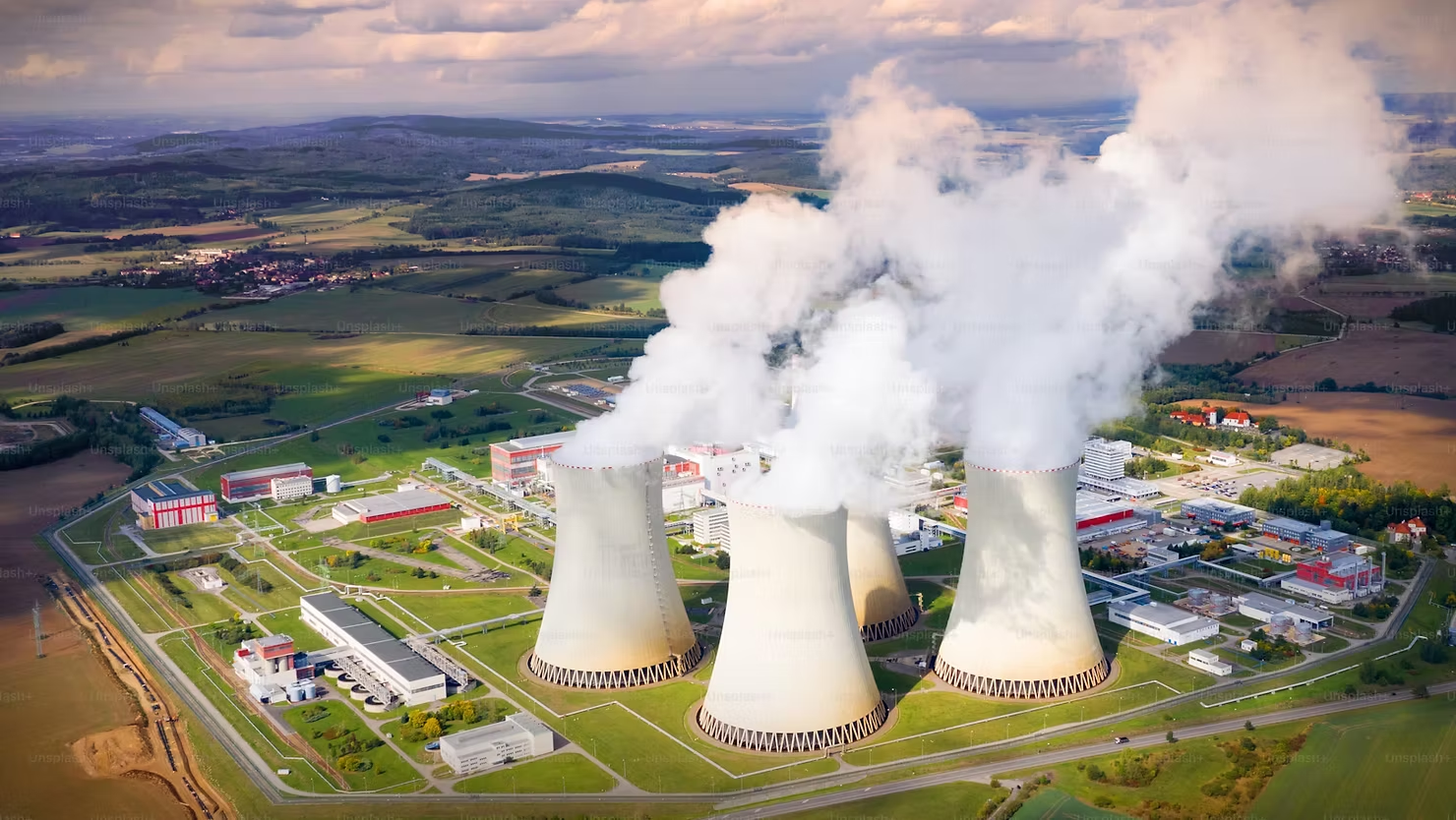

.png)


